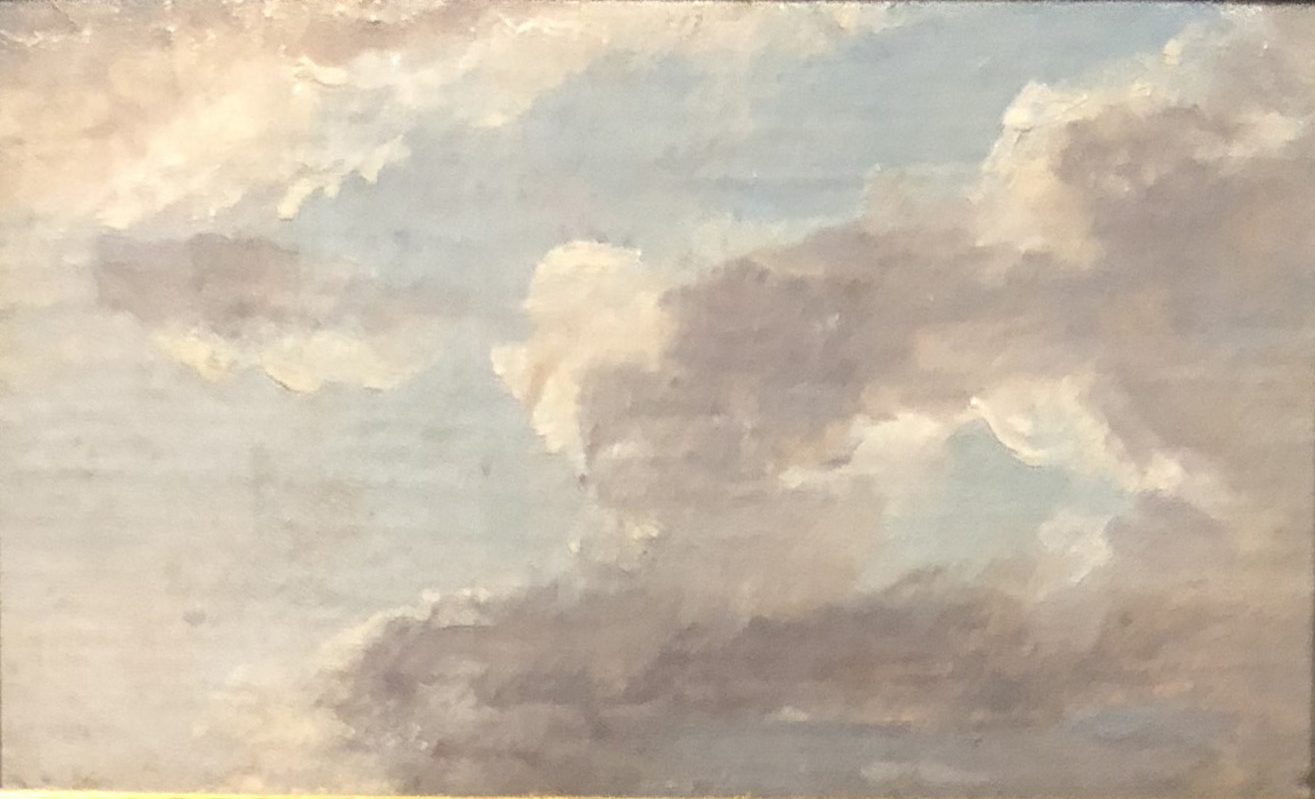“In the Clouds”
An Interdisciplinary ArtScience Workshop
January 24-26, 2019
Stavanger, Norway
They’re heavenly Clouds, great goddesses for lazy men—from them we get our thoughts, our powers of speech, our comprehension, our gift for fantasy and endless talk, our power to strike responsive chords in speech and then rebut opponents’ arguments.
– Aristophanes, The Clouds (5th century BC)
I’ve looked at clouds from both sides now
From up and down, and still somehow
It’s cloud illusions I recall
I really don’t know clouds at all.
– Joni Mitchell, “Both Sides, Now” (1967)
It starts with the premise that the data services and architecture should be on servers. We call it cloud computing—they should be in a “cloud” somewhere.
– Google CEO Eric Schmidt (2006)
Humans have long fitted clouds into culture. From heavenly deities depicted as living in the clouds or descending from them to picturesque Romantic landscapes with sweeping cloudy vistas, clouds have become objects imbued with cultural meaning. Clouds may obscure views while simultaneously invoking awe, as in Caspar David Fredrick’s famous painting Der Wanderer über dem Nebelmeer (Wanderer above the sea of fog, 1817). Clouds are not merely background objects—they carry meaning.
While clouds are part of nature, they are also fundamentally technological. Clouds were systematically classified in the nineteenth and twentieth centuries through a typical imposition of a technological system onto an object of study. The first scientific treatise on clouds, Luke Howard’s On the Modification of Clouds (1803), created a tripartite scheme of cirrus, cumulus, and stratus, but later scientific observers would debate, split, and rework his classifications over and over again as they struggled to “see” clouds in the same way. Some people were not satisfied with merely observing clouds as scientific objects: attempts at technological cloud seeding to produce rain began in the mid-nineteenth century in the American West. Then in the twentieth century, the awesome power of nuclear and war technology become intricately tied to clouds with the mushroom cloud as a cultural icon invoking the technological prowess of humans to harness such energy, the rehearsed hiding in bunkers, the fear of total annihilation, and the potential for peace. At the end of twentieth century, the cloud became a name for a different type of technology: digital distributed infrastructure. The Cloud (as it is often called in the singular) and cloud computing has reshaped how we do work in the twenty-first century, who manages our information, where that information exists, and the connections we have to other people.
Clouds are thus both material and metaphorical: a meteorological phenomenon, a digital technological data platform, a religious symbol, a place of daydreams. How does the modern computing cloud relate to longer human engagement with clouds as physical, technological, and emotional objects? What meanings do clouds carry? What do we imagine when we imagine a cloud?
To address these questions, we are gathering an interdisciplinary group of scholars and practicing contemporary artists for a three-day workshop on 24-26 January 2019. The method for this gathering will be a colloquium style workshop with oral presentations by each participant, facilitated discussion using critical discursive prompts, and ‘encounters’ with museum objects (looking, discussing, reflecting) and responses that range from scholarly research to creative artistic response. A maximum of 20 persons will participate. A collection of short essays (up to 4000 words) by the contributors and images of artistic works will be published after the workshop and serve as a complement to a temporary exhibit “I skyene” (In the Clouds) opening in 2020 at the Stavanger Art Museum.
We invite proposals for participation in the event from both academic scholars and contemporary artists. Prepare a one-page document that contains an abstract of your contribution and a biographical sketch of yourself. Send it to Professor Dolly Jørgensen (dolly.jorgensen@uis.no) with “In the Clouds” in the subject line no later than 15 September. Decisions will be made by 30 September.
Artists are encouraged both to present existing work at the workshop and to consider creating a piece afterward based on inspiration from the discussions. The Stavanger Art Museum curatorial staff may want to include such pieces in the exhibit after negotiations with the artist.
Lunches and the conference dinner will be free. Most participants will need to fund their own travel and accommodation for the event; however, limited funding is available to assist non-salaried artists or un/underemployed academics with expenses. Please indicate if this is a consideration in your submittal.
Organized by Dolly Jørgensen, Professor of History, University of Stavanger (http://dolly.jorgensenweb.net/) in cooperation with the Stavanger Art Museum (http://stavangerkunstmuseum.no/en/). Funding provided by the Norwegian Research Council to the project “In the Clouds”, the Greenhouse environmental humanities program area of the University of Stavanger, and the Stavanger Art Museum.
